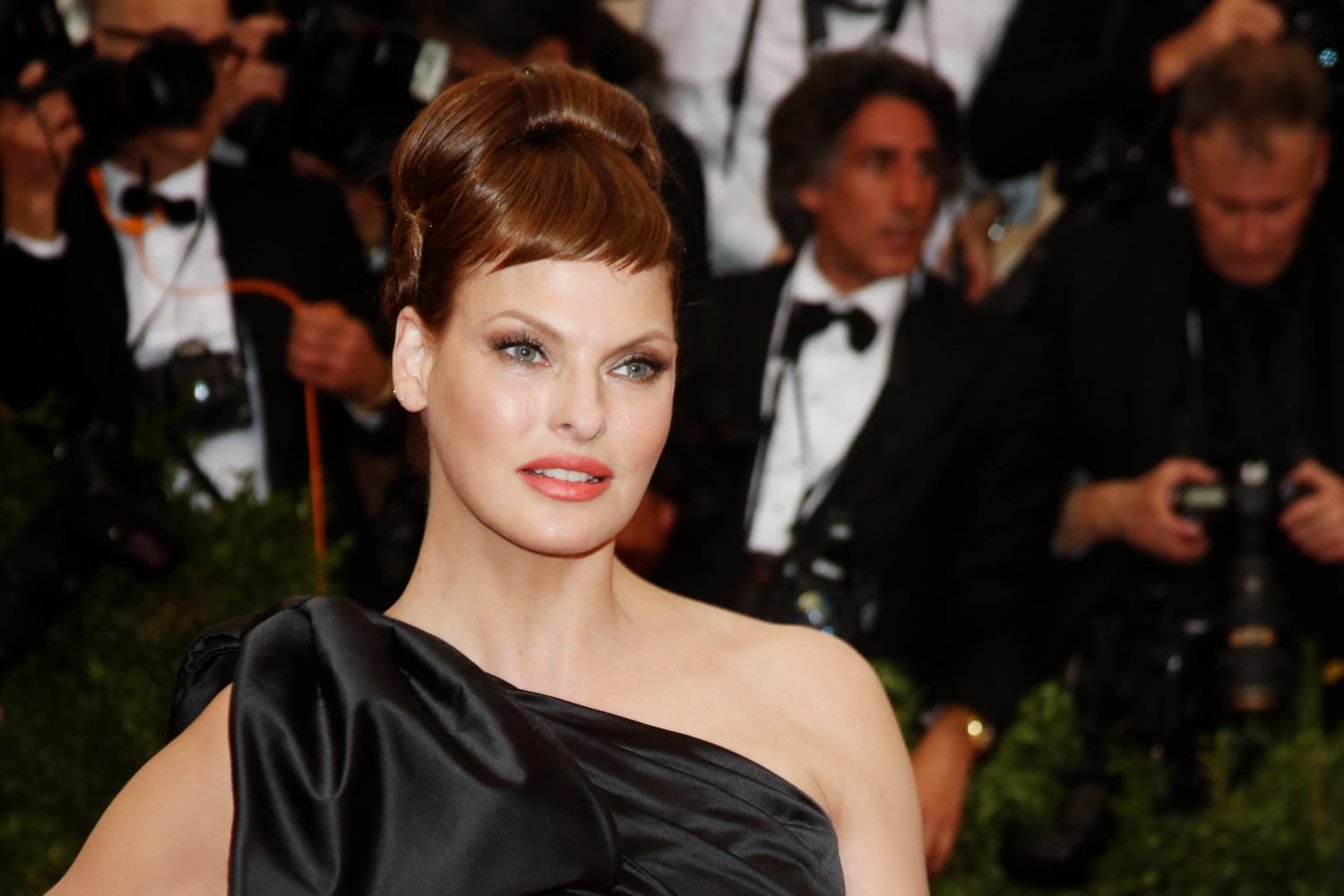
When I read that erstwhile supermodel Linda Evangelista was suing Zeltiq Aesthetics over what she claims was a botched fat-removal procedure, all I could think was, if she can’t accept that she’s aging, surely she can afford a therapist to help her deal with it? After all, she was famously quoted in Vogue three decades ago as saying that she didn’t wake up for less than $10,000 a day.
I didn’t realize this when I was younger and struggling with my self-image, but not being able to meet society’s standards of beauty and sex appeal is a gift.
However, if the issue is actually that she’s desperate to remain in the public eye, there’s a much better option that doesn’t risk cosmetic surgery gone bad: She could remake herself into a spokesmodel for a Support Aging Gracefully (SAG) movement. Her first campaign could focus on the risks inherent in cosmetic procedures, among them death, disfigurement and endless mockery in the public arena from people like me.
Admittedly, it wouldn’t be as glamorous as the supermodel stuff she was doing 30 years ago, but how many of us are doing exactly what we were 30 years ago? Life changes. We change. To paraphrase the Serenity Prayer, there is wisdom in accepting what we can’t change. (And even if a plastic surgeon can change it, the fate of Evangelista and other celebrity victims of poorly done procedures provides a compelling argument for why we shouldn’t.)
Botched plastic surgery is the most tangible evidence for why aging naturally is a healthier option not just physically, but emotionally. I’m a fan of actress Jamie Lee Curtis’s approach to aging—one she adopted after undergoing work she now says did more harm than good. As she told More Magazine in 2002, she didn’t look or feel better, and she wound up addicted to the Vicodin the doctor prescribed for an eye job that wasn’t even that painful.
Curtis posed au natural in More 19 years ago because she wanted to show readers what she really looked like: a 40-something woman with “very big breasts and a soft, fatty, little tummy” and thighs that weren’t “great.” In other words, not the specimen of physical perfection she portrayed as an aerobics instructor in the 1985 movie “Perfect” back when she was in her mid-20s.
I never was a perfect 10 myself, a realization that ate away at my self-confidence starting when I was a pudgy pre-pubescent. Snotty comments like the one Evangelista made to Vogue were yet another unwelcome reminder that I hadn’t won the genetic lottery.
I resented the way she dismissed those of us who had no choice but to get out of bed for far less than supermodel wages. At the time, I was a newly minted MFA grad bringing home slightly more than $10,000 (a year, not a day) to teach 8:30 a.m. classes in expository writing and freshman English to Ivy Leaguers, many of whom shared Evangelista’s feelings about waking up early.
If I’d had long limbs and perfectly sculpted cheekbones, perhaps someone would have offered to pay me millions to preen in front of a camera in fancy designer duds. Given my build, teaching was a more realistic option. And given the latest headlines about Evangelista, I’m grateful.
There’s a part of me now that pities Evangelista—and Paulina Porizkova and Madonna and the other 50- and 60-something women who were considered paragons of beauty and sex appeal when I was coming of age and are currently coming to grips with the reality that they’re no longer considered vital and attractive. Back then I struggled with my self-worth because I knew I’d never meet the standard they’d set. Today, they’re the ones struggling.
Maybe by the time they’re in their early 80s, they’ll have realized what Jane Fonda has: that it’s time to stop seeking acceptance through surgery and try to find it by reaching inside. That’s not going to be easy, as Fonda has acknowledged, but I sure admire her for trying, especially in a culture that places such a premium on how we look instead of who we are.
I didn’t realize this when I was younger and struggling with my self-image, but not being able to meet society’s standards of beauty and sex appeal is a gift. I had a choice of whether to waste time loathing and trying to change myself, or to accept myself for who I was and focus on my talents and abilities.
As I’ve built a marriage, a family, a network of friends and a career, I’ve come to understand that my self-worth depends much less on my looks than on how I feel about myself. And how I feel about myself is dictated by a constellation of factors, the most important of which are my relationships with my family, friends and communities.
I hope Evangelista gets the satisfaction she’s seeking with that lawsuit. But more important, I hope she finds peace and acceptance regardless of how she looks. No amount of money can buy that.
Source: | This article originally belongs to Nbcnews.com










